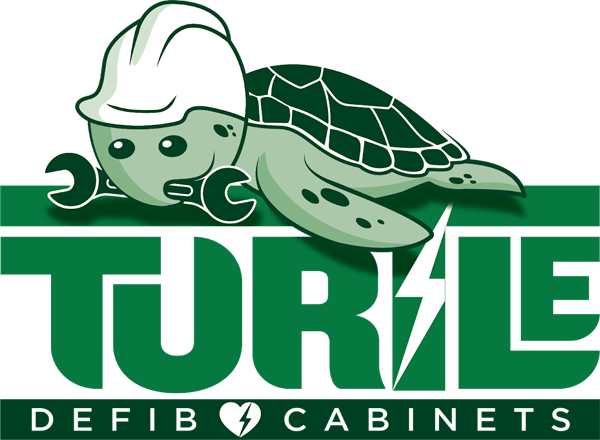Using a defibrillator for the first time
We are all a little nervous of the unknown and using a defibrillator for the first time in a real emergency is something that not many people have experienced.
The good news is, whether you have been trained or not, the defibrillator talks you through, step by step, all the actions you need to take in order to help someone who is having a cardiac arrest.
First Steps?
The first thing you should do if you suspect someone is having a cardiac arrest or a heart attack is ring for an ambulance. The call handler on the line should be able to tell you:
- Whether it is a heart attack or a cardiac arrest you are dealing with,
- Will summon an ambulance
- Tell you where your nearest public defibrillator cabinet is,
- Will give you an access code if the cabinet has a lock on, if it doesn’t, then you can remove it straight from the cabinet.
Then you will have two forms of communication to help you help the person in front of you.
The first is the call handler, and the second is the defibrillator itself.
As soon as you open up the defibrillator box an electronic voice will start talking you through the steps needed to help save someone’s life, or you will need to press the green “start” button to start it talking.
Step 1 – it will request that you to peel off sticky pads and place them on the patient’s skin
Step 2 – stop CPR and don’t touch the patient, the defibrillator will then analyse the patient’s heart rhythm.
Step 3 – the defibrillator will assess whether a shock is needed and if so, it will tell you to press the shock button. If it is an automated defib, it will automatically shock the patient.
Step 4 – the defibrillator will tell you when the shock has been delivered and whether you need to continue CPR.
Step 5 – continue with CPR unless the machine tells you to stop so it can analyse the patient’s heart rhythm again.
Keep CPR going until the call handler tells you otherwise,or the ambulance arrives. And then you can breathe a huge sigh of relief – well done!
For more information on using a defibrillator, visit the link below, supplied by the British Heart Foundation….
https://www.bhf.org.uk/how-you-can-help/how-to-save-a-life/defibrillators/how-to-use-a-defibrillator
